Whether you are filling an empty spot with plants, or replacing some existing plants you no longer love, This 4-step guide will make the what to plant decision making so much easier! Be sure to download the FREE printable what-to-plant guide and bring it with you next time when you shop for plants .
Picking plants for your garden can sometimes be a challenge. I was visiting a friend to see her new house. She expressed that she is not very happy with the plant selection, and asked me: what plants should I plant for my front yard? I laughed and said: well, that is a very board question, but we can break it into 4 steps…”
Picking plants can be overwhelming, especially for beginner gardeners! I still remember how overwhelming I felt during the first couple times visiting my local nursery. All those plant names looks like foreign language, and I felt so embarrassed to ask for help because I would literally have to ask about every single plant there.
But don’t get defeated by it yet! A year into gardening, I can say proudly that picking up plants to plan in a garden is probably one of the most fun part of gardening! It is full of hopes and dreams and who doesn’t like day-dreaming? If you are a beginner gardener, or simply want to have more systematic approach when picking plants for your garden, here’s a 4 step easy process you can follow to pick the perfect plants to suit your needs.
Step 1. What type of plants do you need for this space?
First off, I want you to decide the plant type: Is it a tree? or a bush, or small plants? Look at the space you are looking to fill in, what size is the space? and any surrounding plants?
If it is a big empty space, maybe it is a good idea to plant a tree to add more structure , plus some shade in the hot summer times. If it is next to your house and only a few feet wide, a flowering bush would add some curb appeal without getting too big. It it is next to a path or bordering your front yard and side walk, some cute flowers would work great!
Once you figured out the general type of plants, you just narrow down the selection by 70%.
Step 2. Evergreen or deciduous?
When I first stated gardening, I didn’t think about it too much. But after some solid time landscaping and observing my garden throughout the four seasons, I stated to ask myself this question almost every time when I buy new plants: Is it evergreen? Or is it so pretty that it is ok not to be evergreen?
If you live in a cold hardiness zone, you may not have much choices on this matter. But if you are living in a medium to warm zone, this become such an important questions. For me, I want all my plants to be evergreen in an ideal scenario. It is not possible, but at least I try to have much evergreen as possible. Just imagine that when the winter comes and your neighbors’ plants all lose their leaves, how cool would that be if your front yard is still very green? Doesn’t that make you feel proud? Also sometimes plants serves as a privacy screen, so pick some evergreen to do that job so you won’t suddenly lose your privacy in the winter.
Step 3. How much water water and sun will it receive?
On this step, I want you to think about if you are able to provide enough water and sun light for “the plant”.
Depends on your local water rate, you might want to choose some drought tolerant plants. For example, I live in California where water bill is insanely high. So when I pick plants, I specifically look for the label saying “draught tolerant” or “water-wise”, to cut on water bills. If you live somewhere rains all the time, forgo those plants need in-between dry time, like lavender and succulent.
Sun light is another big factor. If the location is shady, a sun loving plant will not survive; or even if it survives, it probably wouldn’t flower or produce fruits. The same rules apply to super sunny spot – you probably don’t want to put a shade-loving type of plant there.
I learnt it in the hard way. Hydrangea is one of my favorite flowers. They thrive in part sun part shade environment. I planted two hydrangea plants in my front yard. Summer in California is extremely sunny and dry. Soon I noticed the hydrangea flower were not looking at their best and even had a lot of brown burns on its beautiful flowers, even though I water them regularly. My front and backyard have no mature tree to provide shade, but eventually I managed to find the relatively shadiest spot to transplant them. And the most magical thing happened: my hydrangeas recovered in just a few weeks! Not only they recovered, but they thrived in the new environment!
Step 4. What do you want to gain from it: attractive flowers vs delicious fruit or beautiful foliage?
Let’s be honest: who doesn’t love flowers? So if you love flowers, be sure to buy plants with attractive flowers.One tip on picking up flowers is to look at the “bloom time” on the plant label. I like to pick flowering plants with a longer blooming time, so I’m more likely to choose something with “bloom time spring to fall”, instead of “bloom time early spring”.
If you want to harvest fruit, then pick a specific variety with delicious fruit. My husband is a berry-fanatic. When we “planted” out our front yard, he bought 5 different varieties of blueberry bushes to test out which variety has the best flavor. We’ll see which one is the winner this summer when the blueberries produce!
Maybe you are part of the group who is only attracted by beautiful foliage, then go for it!
Tips on selecting what to plant:
- Don’t be scared of making mistakes. It is totally normal to make mistakes since plants evolve and might look totally different 6 months. Plus you can always move it around! If it doesn’t work for your front yard, maybe there’s a spot in the backyard will work, or maybe give it to a friend!
- When picking plants, be sure to pick something for your hardiness zone. If you are shopping locally, it should be a problem since they will only have plants which will survive in your zone
- Don’t limit yourself to once choice per question! If you don’t care about your garden’s winter charm or you already have a bunch evergreen in your garden, you would want to check both “evergreen” and “deciduous” to open up the choices.
- If you have curious children or pet, be careful when picking plants that part of it is poisonous. Some common poisonous plants in my region are delphinium, rhododendron, azalea, oleander, etc.
What To Plant Checklist and how to use it
Use this handy what-to-plant checklist to help yourself narrow down the choice. To use this checklist, simply answer each questions and check all things apply to you.
For example, say I’m trying to pick up some plants to go along the border of my front yard windy path.
Step 1. I would check “small plants” because I know I don’t want something big and structural next to a pathway.
Step 2. Evergreen or deciduous. I would love it to be evergreen so it would define the path in a beautiful way even in winter time. Plus there’s quite a good selection of evergreen plants for my zone.
Step 3. Next I’ll check “low water” because water is expensive here; in the same section, I will check “full sun”, and “half sun half shade” because I know it is a relatively sunny spot, but it will get a little shade from a nearby tree so a “half sun half shade” plant will survive.
Step 4. It doesn’t matter too much in this case so I’ll go ahead and check all the selections.
Now looking through the check list I know that I want a low water requirement full sun loving type of small plants! And off we go to the nursery!
Where I shop plants
Local Home Depot nursery or online
Local nurseries
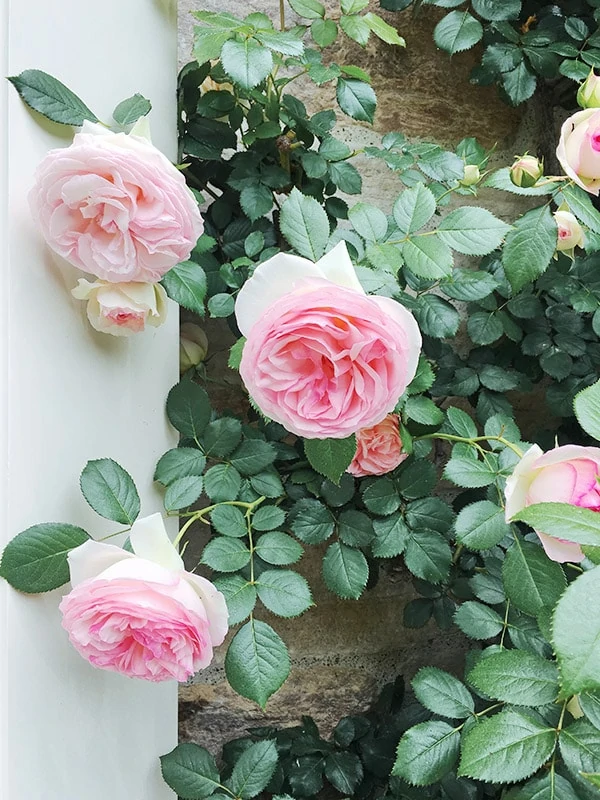
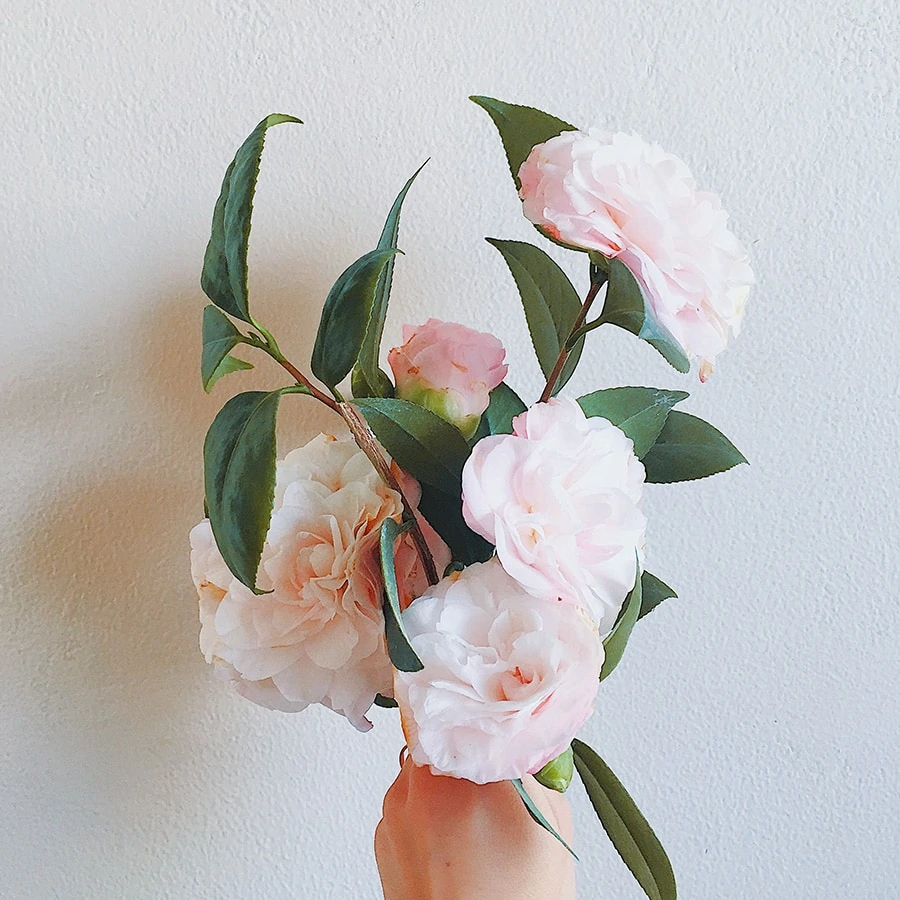
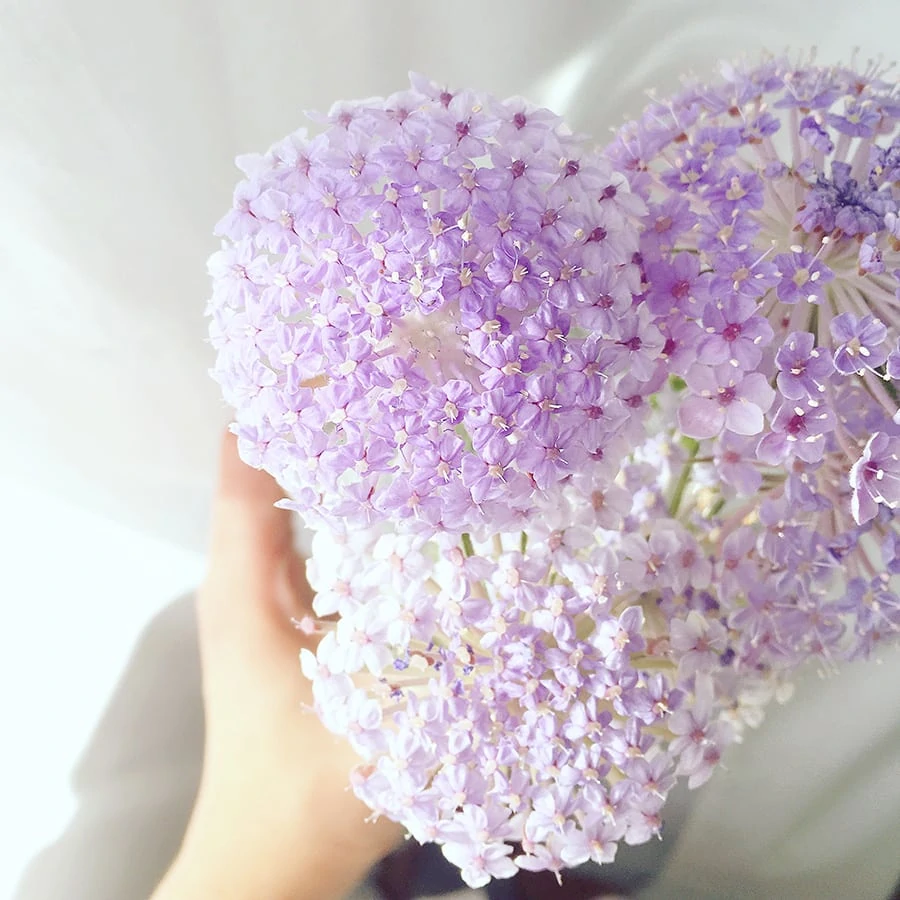
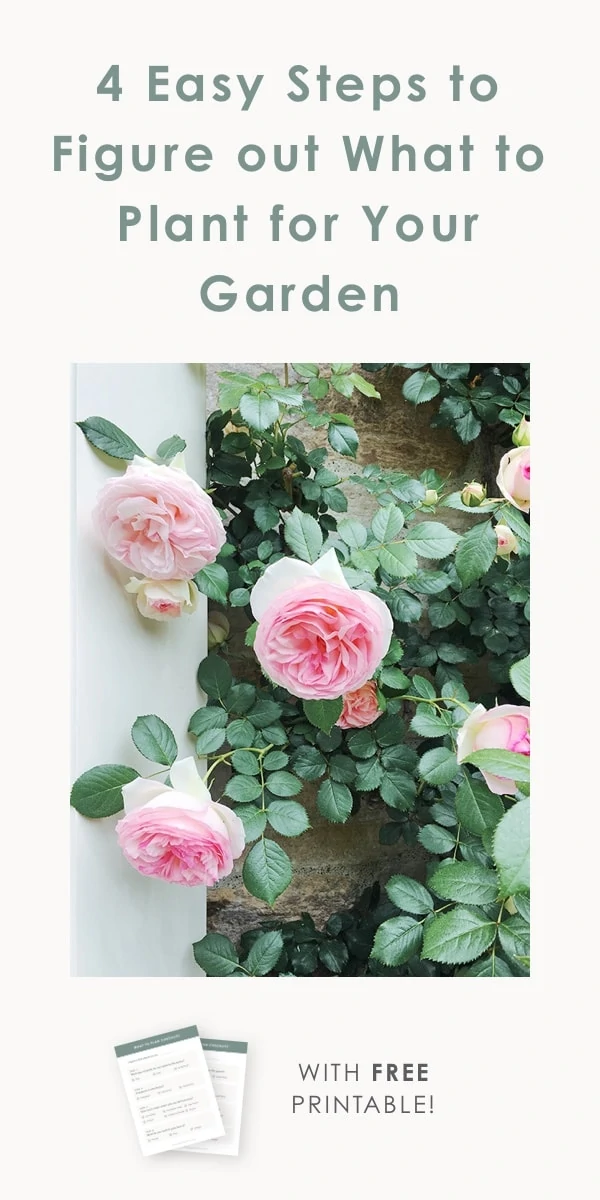
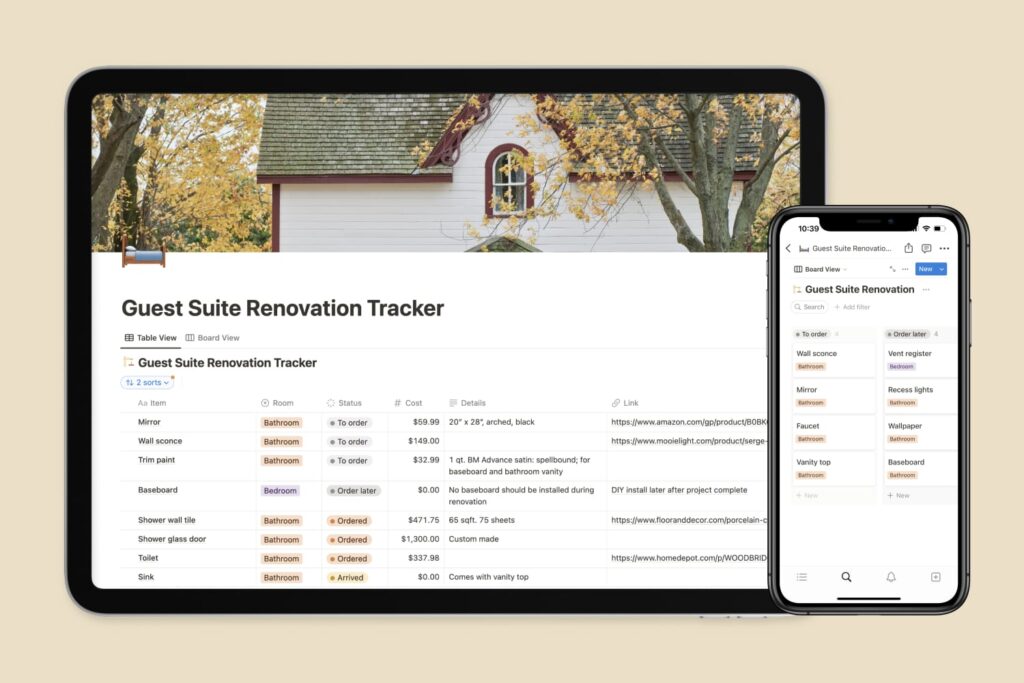
Leave a Reply